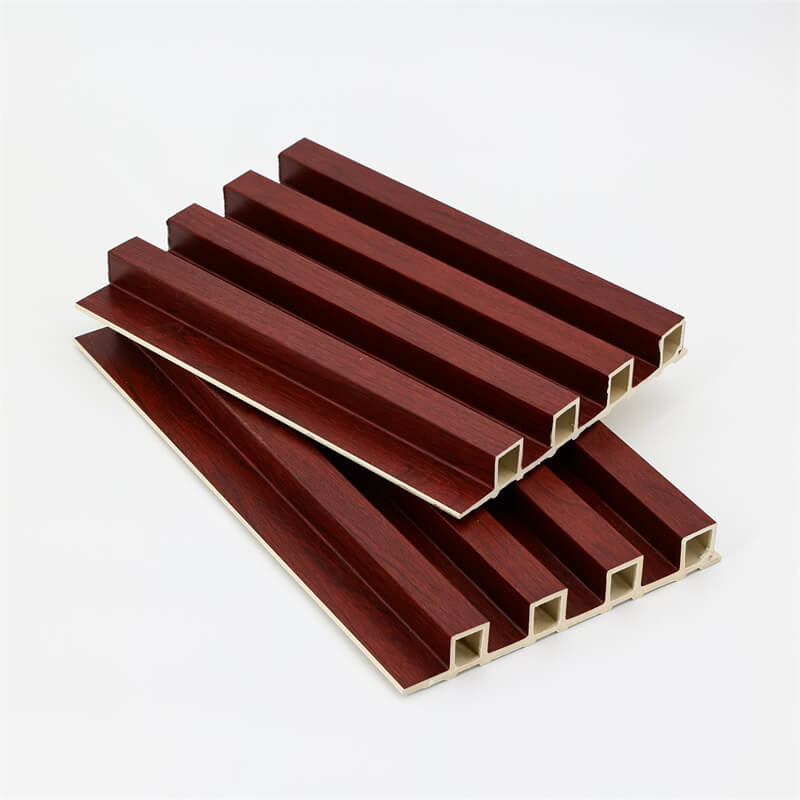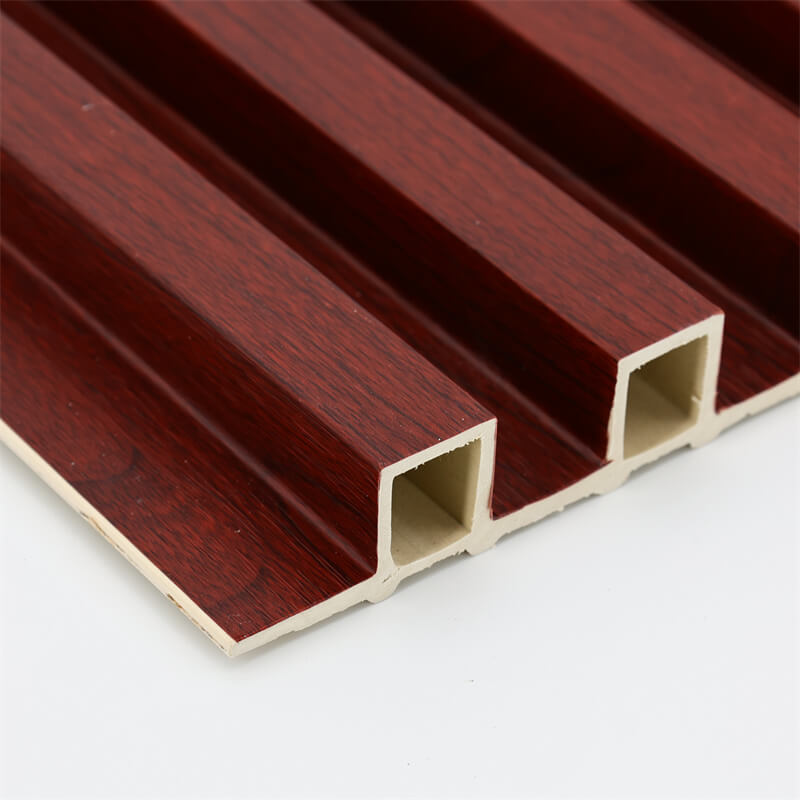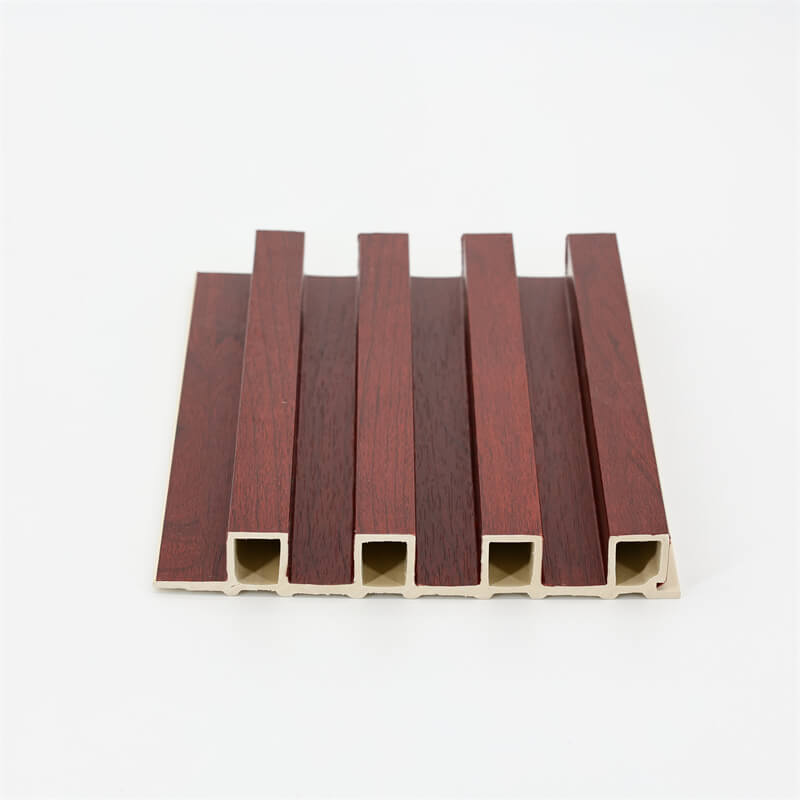
In today’s world, businesses are increasingly recognizing the importance of creating eco-conscious workspaces.
Sustainable design solutions not only contribute to a greener planet but also provide numerous benefits for employees, such as improved well-being, productivity, and satisfaction.
WPC (Wood-Plastic Composite) wall panels have emerged as a popular choice for creating sustainable work environments.
These panels combine aesthetics, durability, and eco-friendliness, making them an ideal solution for the modern office.
This article explores the advantages of using WPC wall panels in the design of eco-conscious offices and how they contribute to creating sustainable workspaces.
I. Understanding WPC Wall Panels in Office Design
What are WPC Wall Panels: WPC wall panels are composite materials made from a blend of wood fibers and recycled plastic.
This unique composition provides the panels with the natural beauty and warmth of wood while enhancing their durability and resistance to moisture, rot, and insects.
WPC wall panels have gained popularity in office design due to their versatile design options and their ability to meet the growing demand for sustainable workplace solutions.
Customizable Design Possibilities: WPC wall panels offer a wide range of design options, allowing designers to create visually appealing and unique office spaces.
These panels are available in various colors, textures, and finishes, providing flexibility in design choices.
Whether it’s a contemporary, minimalist aesthetic or a more traditional and warm ambiance, WPC wall panels can be customized to suit different design preferences and office styles.

II. The Benefits of WPC Wall Panels in Office Design
Improved Indoor Air Quality: Indoor air quality is a crucial factor in creating a healthy and productive workspace.
WPC wall panels contribute to better indoor air quality by using low-emission materials and reducing the need for additional finishes or coatings that may release harmful chemicals.
The natural composition of WPC panels minimizes the presence of volatile organic compounds (VOCs), ensuring a cleaner and healthier working environment for employees.
Enhanced Acoustic Performance: Office environments can be noisy and disruptive, impacting productivity and concentration.
WPC wall panels can be designed to incorporate sound-absorbing materials, improving the acoustic performance of the workspace.
By reducing noise levels and echoes, these panels create a quieter and more focused atmosphere, promoting better communication, concentration, and overall well-being.
III. Durability and Long-Term Cost Savings
Long-lasting Performance: WPC wall panels are renowned for their durability and resistance to wear and tear.
In high-traffic areas such as offices, where walls are susceptible to impacts, scratches, and stains, WPC panels offer exceptional performance.
They maintain their structural integrity and aesthetic appeal over time, reducing the need for frequent repairs or replacements.
This durability translates into long-term cost savings for businesses.
Low Maintenance Requirements: WPC wall panels are easy to maintain, making them ideal for busy office environments.
Unlike traditional materials such as painted drywall or wallpaper, these panels do not require frequent repainting or refinishing.
They can be easily cleaned with mild soap and water, ensuring that the workspace remains clean and presentable with minimal effort.
The low maintenance nature of WPC wall panels saves time, resources, and associated costs for businesses.
IV. Environmental Benefits of WPC Wall Panels
Sustainable Material Composition: WPC wall panels are an eco-friendly choice for office design.
By incorporating recycled plastic into their composition, these panels reduce the demand for virgin plastic and help divert plastic waste from landfills.
This promotes a circular economy and minimizes the environmental impact associated with plastic production.
Reduced Carbon Footprint: WPC wall panels contribute to reducing the carbon footprint of office spaces.
The use of recycled materials, such as plastic and wood.